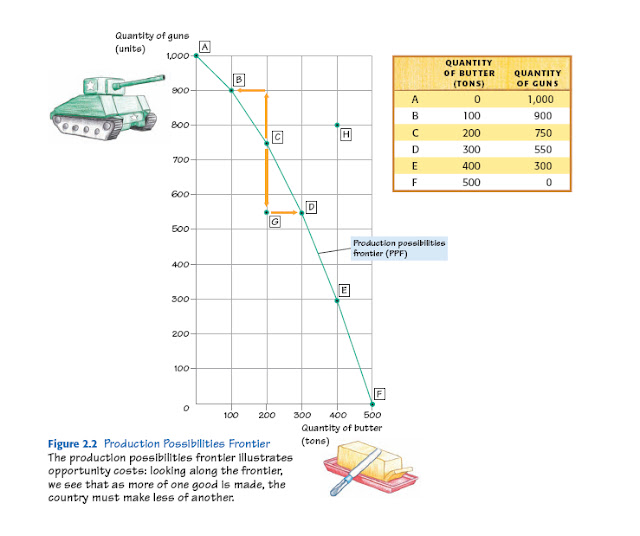Other passive strategies
- Credit analysis: Using fundamental, “bottom-up” credit analysis, active managers attempt to identify individual bonds that may rise in price due to an improvement in the credit standing of the issuer. Bond prices may increase, for example, when a company brings in new and better management.
- Macroeconomic analysis: Portfolio managers use top-down analysis to find bonds that may rise in price due to economic conditions, a favorable interest-rate environment or global growth patterns. For example, as the emerging markets have become greater drivers of global growth in recent years, many bonds from governments and corporate issuers in these countries have risen in price.
- Sector rotation: Based on their economic outlook, bond managers invest in certain sectors that have historically increased in price during a particular phase in the economic cycle and avoid those that have underperformed at that point. As the economic cycle turns, they may sell bonds in one sector and buy in another.
- Market analysis: Portfolio managers can buy and sell bonds to take advantage of changes in supply and demand that cause price movements.
- Duration management: To express a view on and help manage the risk in interest-rate changes, portfolio managers can adjust the duration of their bond portfolios. Managers anticipating a rise in interest rates can attempt to protect bond portfolios from a negative price impact by shortening duration, possibly by selling some longer-term bonds and buying short-term bonds. Conversely, to maximize the positive impact of an expected drop in interest rates, active managers can lengthen duration on bond portfolios.
- Yield curve positioning: Active bond managers can adjust the maturity structure of a bond portfolio based on expected changes in the relationship between bonds with different maturities, a relationship illustrated by the yield curve. While yields normally rise with maturity, this relationship can change, creating opportunities for active bond managers to position a portfolio in the area of the yield curve that is likely to perform the best in a given economic environment.
- Roll down: When short-term interest rates are lower than longer-term rates (known as a “normal” interest rate environment), a bond is valued at successively lower yields and higher prices as it approaches maturity or “rolls down the yield curve.” A bond manager can hold a bond for a period of time as it appreciates in price and sell it before maturity to realize the gain. This strategy has the potential to continually add to total return in a normal interest rate environment.
- Derivatives: Bond managers can use futures, options and derivatives to express a wide range of views, from the credit-worthiness of a particular issuer to the direction of interest rates.
- An active bond manager may also take steps to maximize income without increasing risk significantly, perhaps by investing in some longer-term or slightly lower rated bonds, which carry higher coupons.



